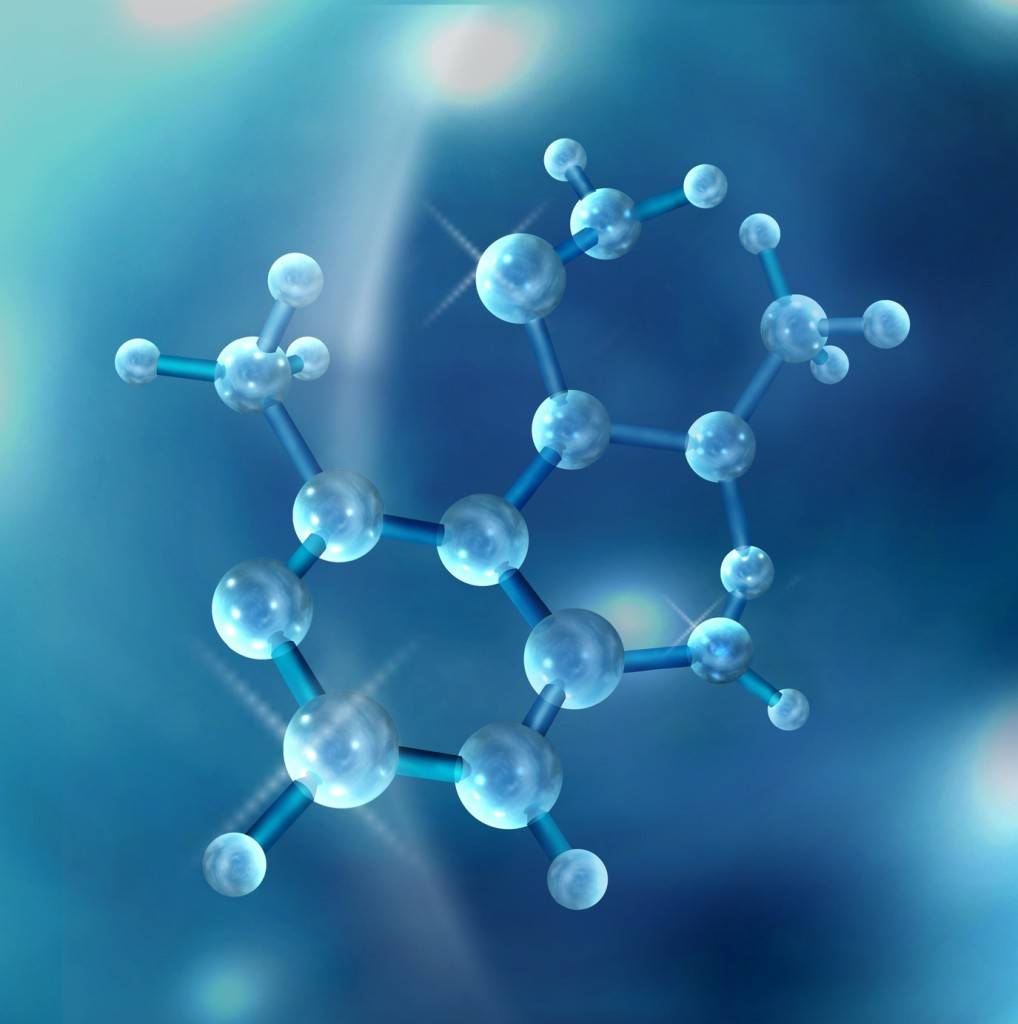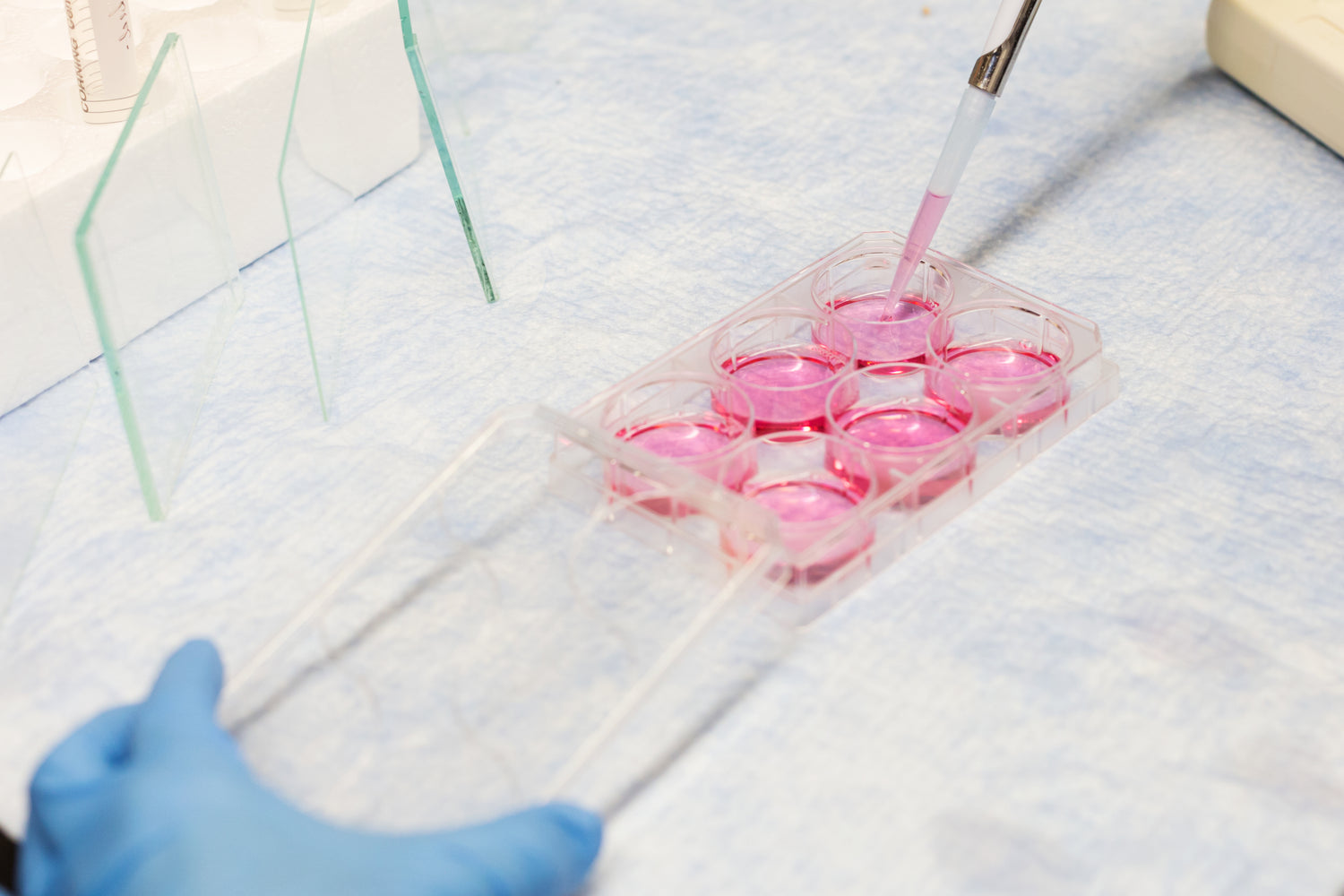Ultrasonic degassing is widely used in scientific research and industrial production by means of ultrasonic discharge of dissolved gas in liquid, effectively solving a series of problems caused by liquid gas.
As a longitudinal wave with a frequency higher than 20kHz, ultrasonic waves generate alternating high and low pressure regions when propagating through the liquid. Areas of low pressure cause cavitation, forming tiny bubbles. The bubbles oscillate under the action of sound waves, grow, and then collapse in high-pressure areas. Bubble collapse produces local high temperature, high pressure, shock wave and microjet, accelerates gas escape, strengthens liquid mass transfer, and achieves degassing.
In high performance liquid chromatography, spectrophotometric analysis and other experiments, remove the gas in the mobile phase or solution, reduce the error, improve the accuracy and sensitivity of the analysis. Regulate the gas composition of cell medium to help cell culture; Prevent the oxidation and degradation of pharmaceutical raw materials and preparations, and ensure the quality of biopharmaceuticals.

Remove the bubbles in the glass liquid, improve the transparency and mechanical strength of the glass; Reduce the porosity defects of metal castings, improve the density and performance of castings.
Remove dissolved oxygen from beverage water to extend shelf life; Control beer fermentation gas content, improve taste and foam quality.
Probe directly inserted into the sample, can produce high-intensity ultrasonic, high degassing efficiency, suitable for small volume and high degassing requirements of the sample, but the operation should pay attention to the probe position.
The degassing effect is influenced by ultrasonic frequency, power and degassing time. Low frequency is good for rapid degassing but may damage the sample, high frequency is suitable for sensitive samples. Power should be reasonably controlled to avoid excessive sample temperature or insufficient degassing.
With artificial intelligence and sensor technology, the device can monitor sample properties and degassing process in real time, and automatically adjust ultrasonic parameters to achieve optimal degassing results.








